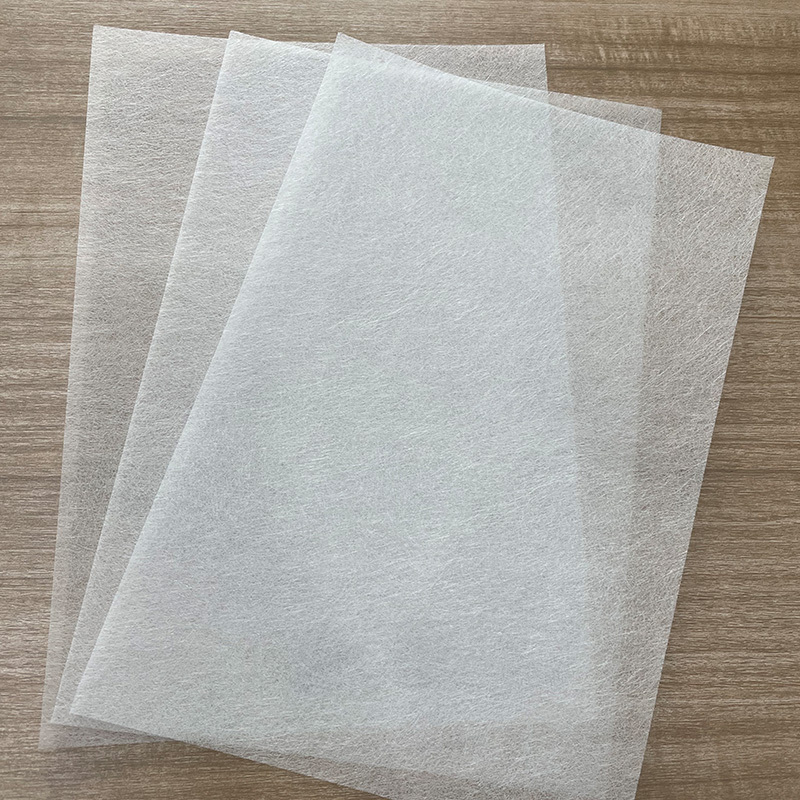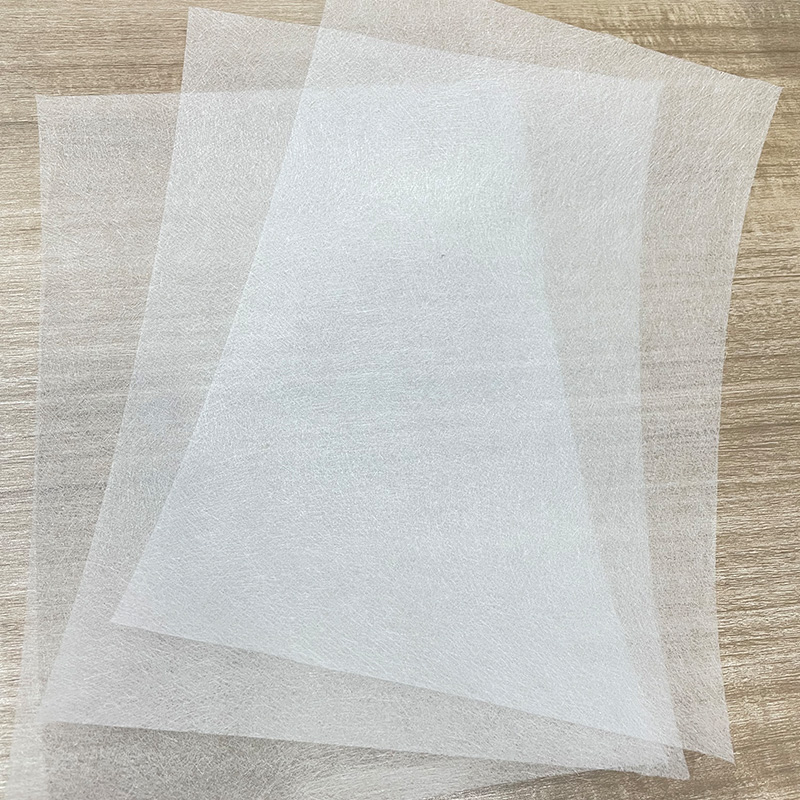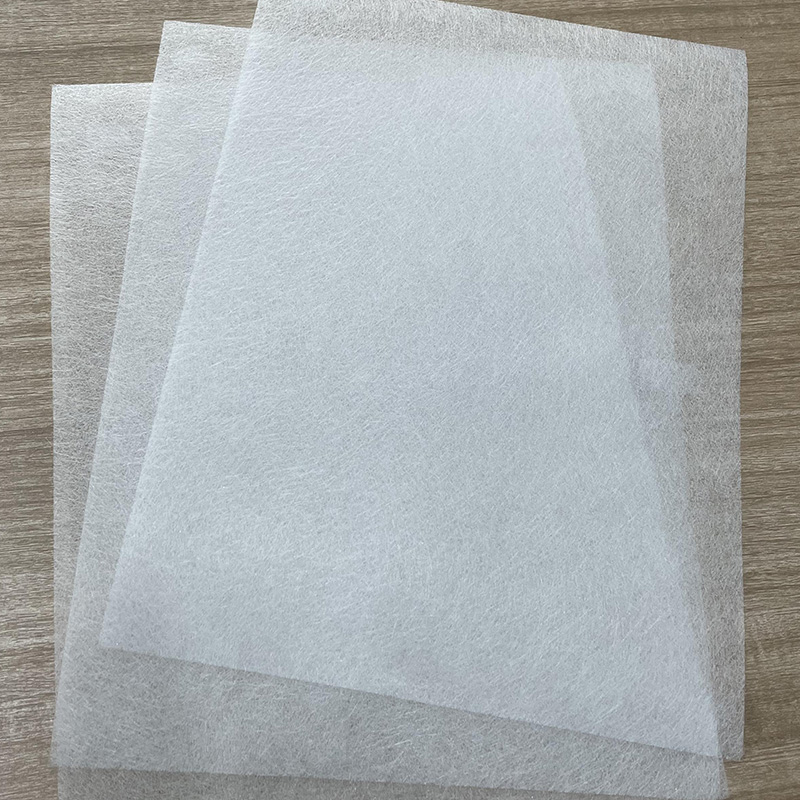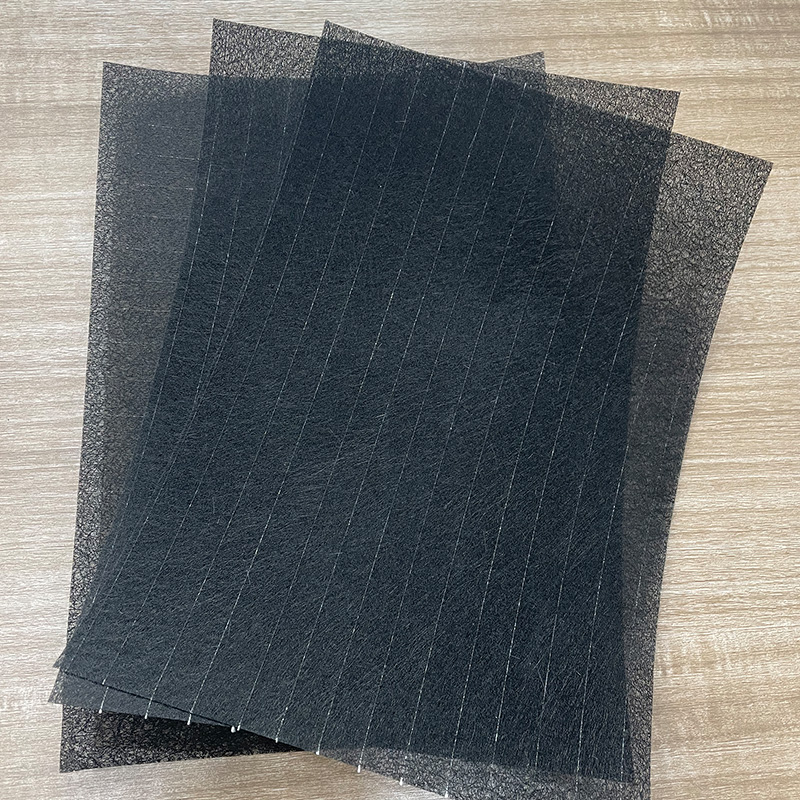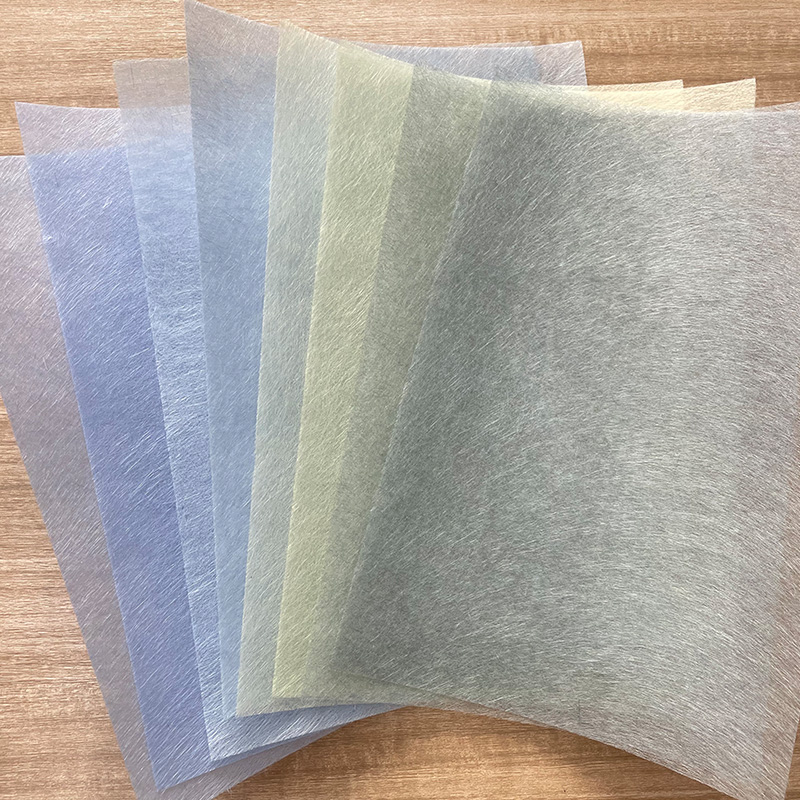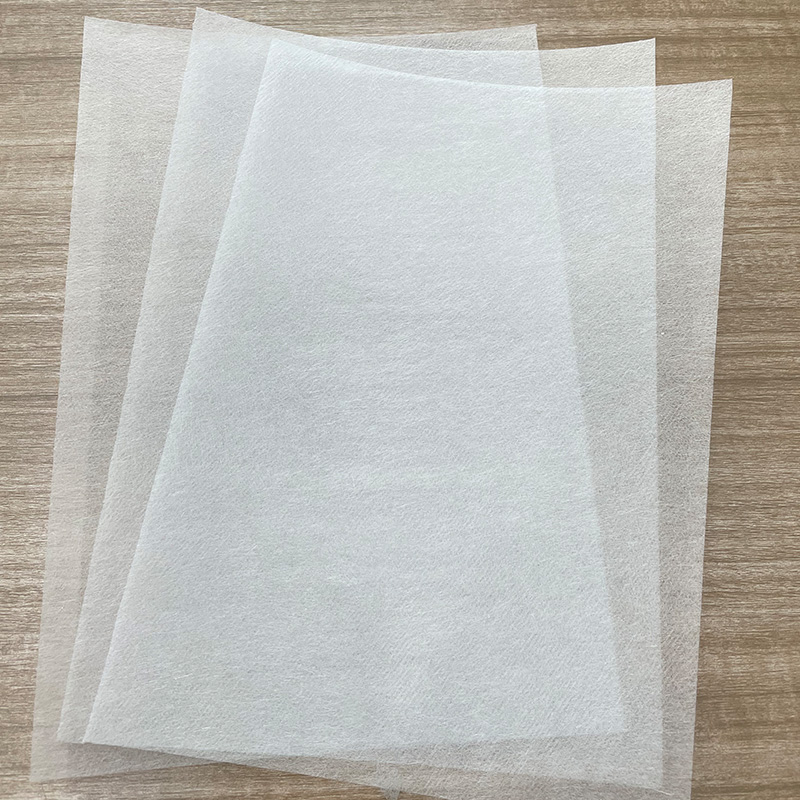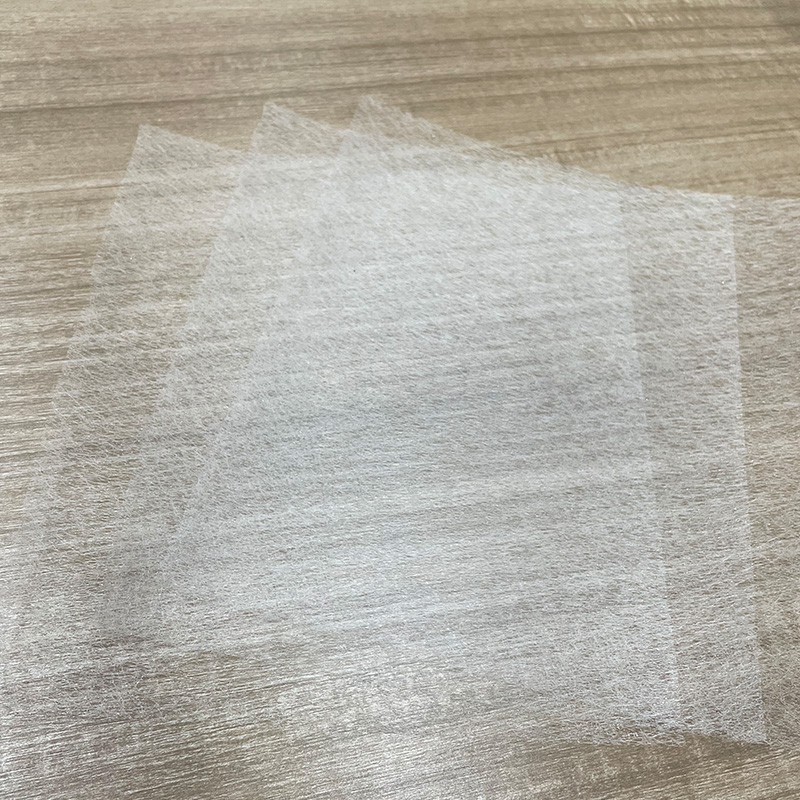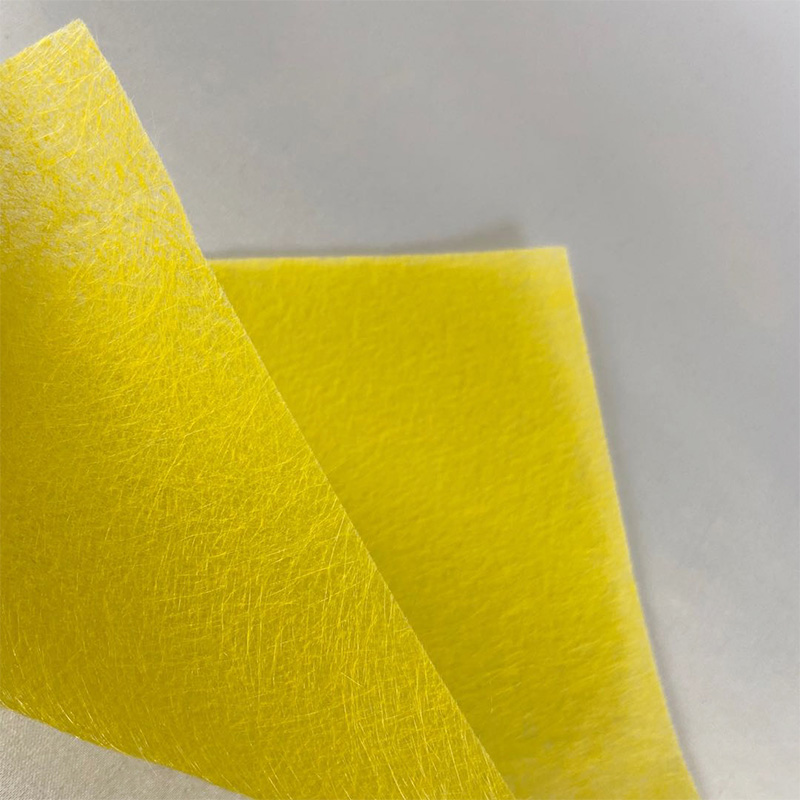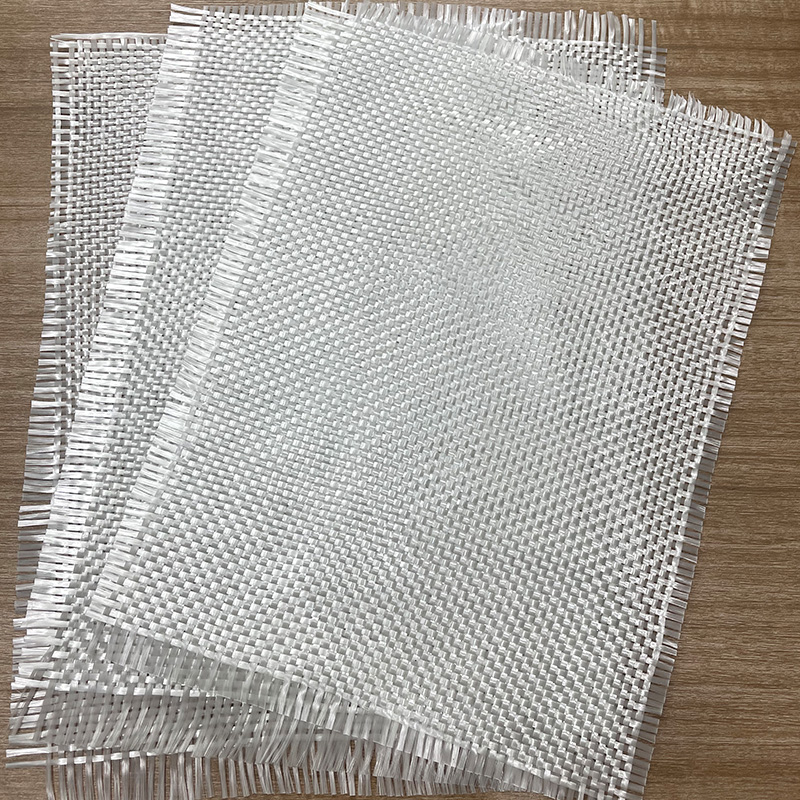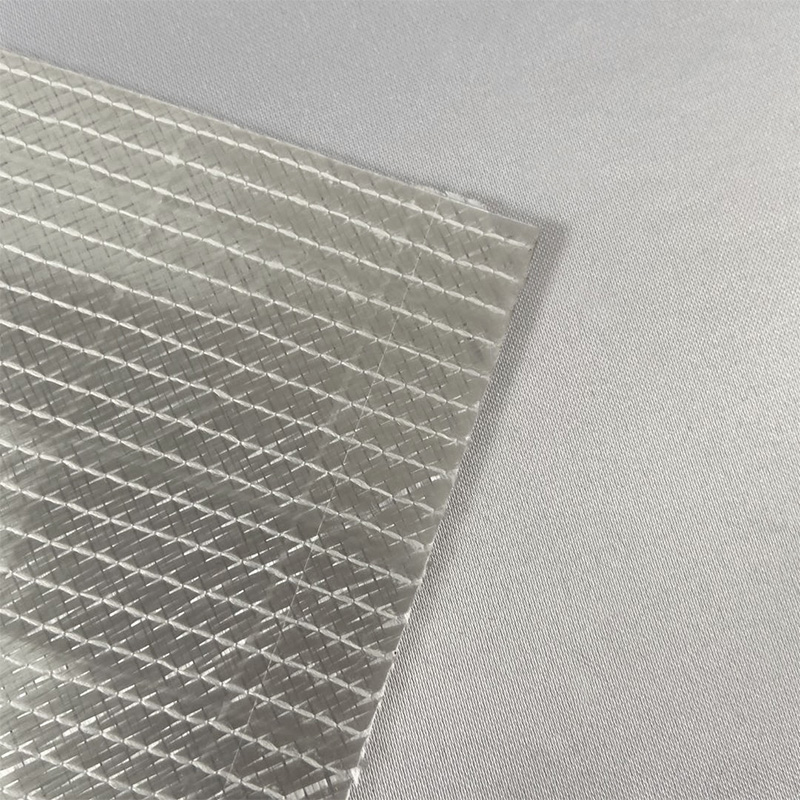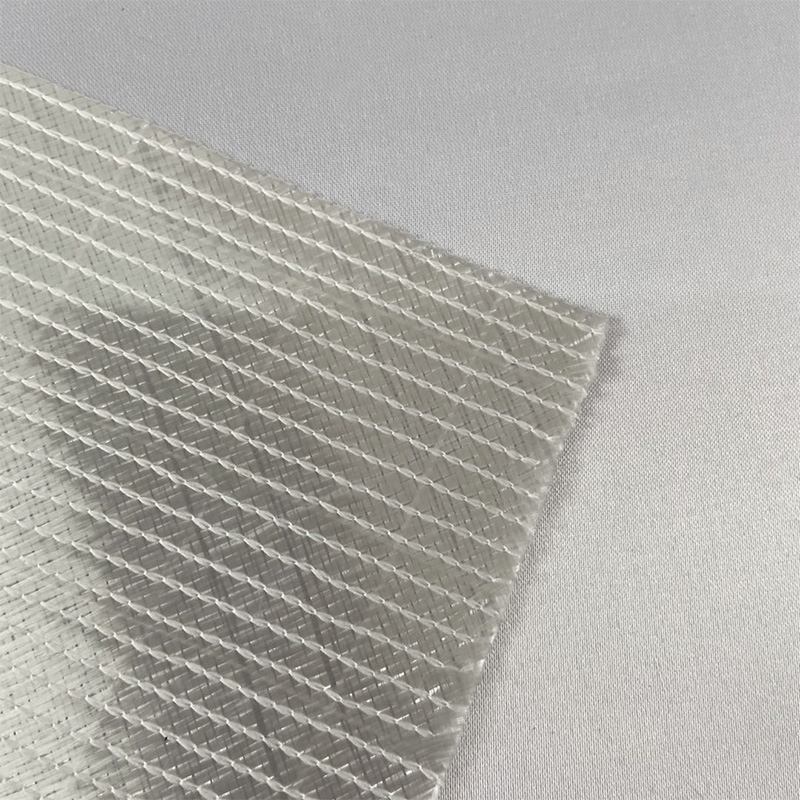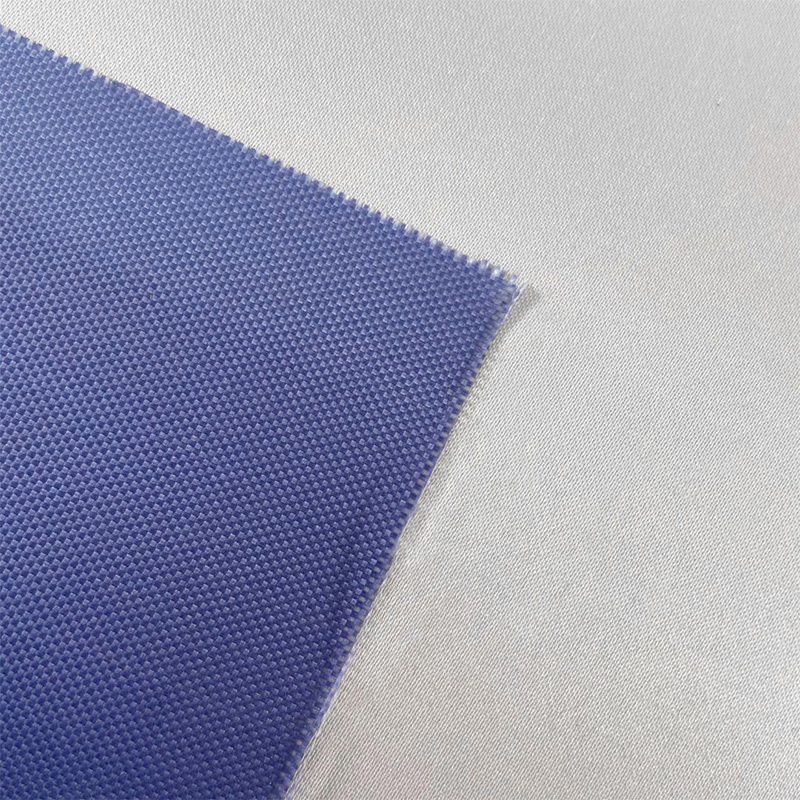Roofing tissue serves several key functions in the construction and maintenance of roofs. These functions contribute to the overall performance, durability, and longevity of the roofing system. Here are the key functions of roofing tissue:
Reinforcement: Roofing tissue provides structural reinforcement to the roofing system. It enhances the strength and stability of the roof, helping it withstand external forces such as wind, snow, and foot traffic. This reinforcement is crucial for maintaining the integrity of the roof over time.
Waterproofing: Roofing tissue serves as a water-resistant barrier that helps prevent water infiltration into the roof structure. It acts as a temporary shield during the roofing installation process and provides protection in case of wind-driven rain or other water exposure.By being installed underneath the final roofing material, roofing tissue acts as a secondary line of defense against leaks. Even if some water penetrates the outer layer, the roofing tissue helps redirect water away from vulnerable areas, preventing it from reaching the underlying roof structure.Roofing tissue is often applied around roof penetrations such as vents, chimneys, and skylights. Properly installed roofing tissue helps seal these areas, reducing the risk of water penetration.
Flexibility: Roofing tissues are designed to be flexible, allowing them to adapt to the contours of the roof and accommodate any movement or settling in the building. This flexibility helps prevent cracking or tearing, especially in areas prone to temperature fluctuations or structural shifts.
Compatibility: Roofing tissues are compatible with various roofing materials and systems. They can be used in conjunction with built-up roofing (BUR) systems, modified bitumen roofing, and other roofing applications. This versatility makes roofing tissues suitable for a wide range of construction projects.
Tensile Strength: Tensile strength refers to the ability of a material to resist being pulled apart. Roofing tissues typically have high tensile strength, which is crucial for withstanding the mechanical stresses and strains experienced by a roof, including the weight of roofing materials and the impact of weather conditions.
Durability: The quality of the roofing tissue material itself plays a crucial role in its durability. High-quality materials are designed to resist water penetration, UV exposure, and other environmental elements.Different types of roofing tissues are available, such as asphalt-saturated felt, synthetic underlayment, and rubberized asphalt. Each type has its own set of characteristics and durability features.
Ease of Installation: Roofing tissues are designed for ease of installation. They can be rolled or applied in layers during the roofing construction or repair process. This facilitates efficient and cost-effective installation, making roofing tissues a practical choice for roofing professionals.
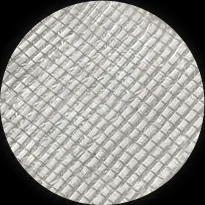


 English
English 中文简体
中文简体 русский
русский Español
Español